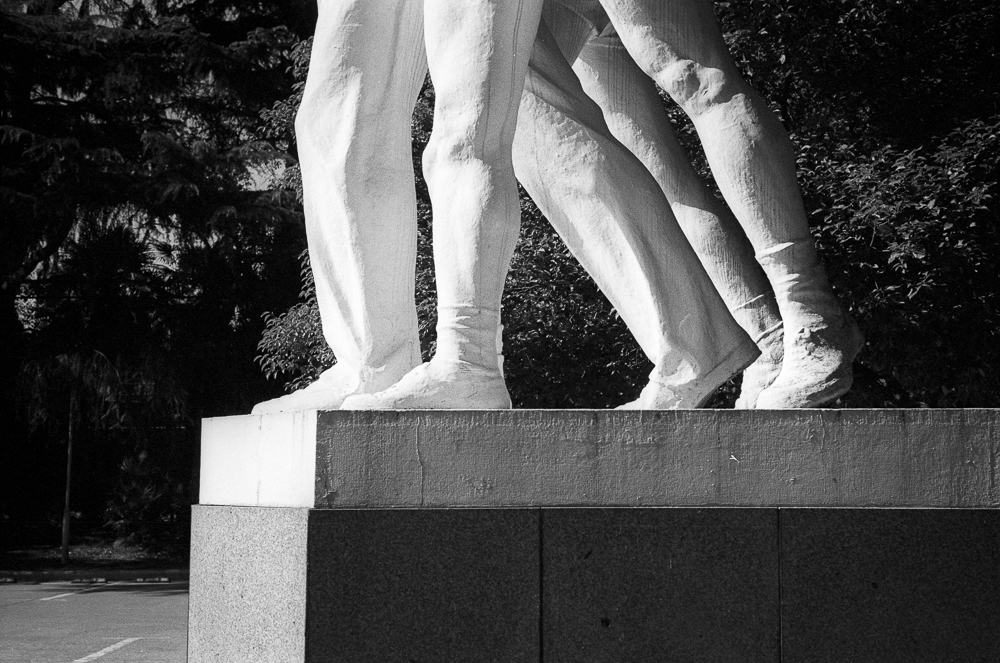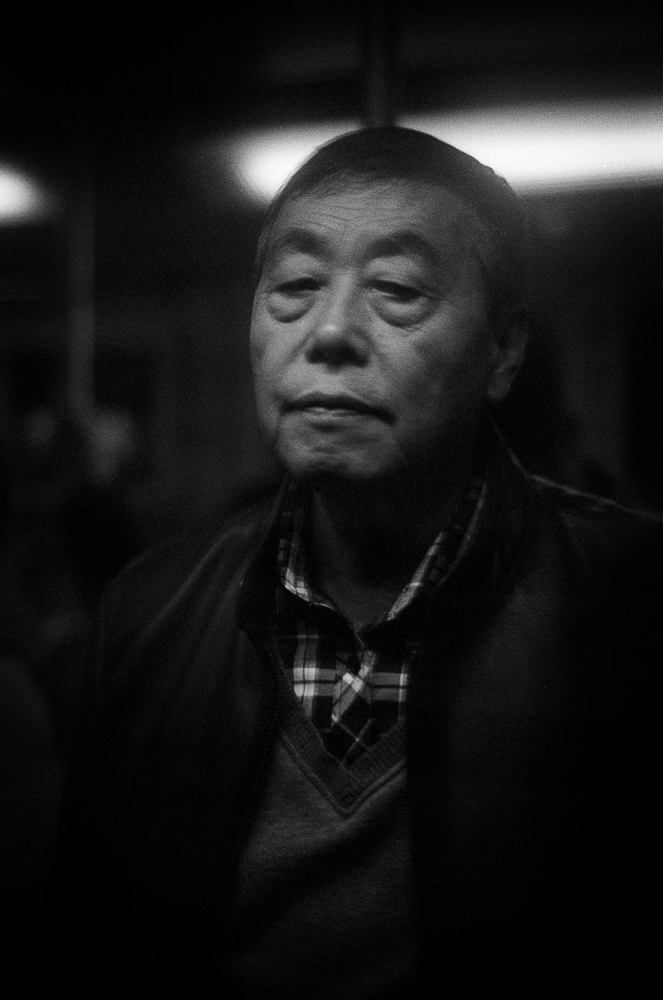I chose HP5 Plus because I know it and its development routines intimately. Many people begin to ask themselves what equipment they need when travelling to new locations, almost as if they are starting again with their photography. Instead, I prefer (and indeed recommend) familiar equipment and technique. Why change your way of working, just because you are going to be somewhere different? Increasingly, over the past few months black and white has become my preferred style, and films like HP5 Plus have been a mainstay.
The majority of my shots were exposed at 320 with a view to developing them in Perceptol. This is something like my default black and white mode right now. One loses a little speed (hence 320 not ‘box speed’, 400) and development times are long, but for me there is something of a holy trinity of sharpness, good tonality and well-controlled grain. My manual 35mm rangefinder camera allows for a contemplative approach to shooting, but when one is in the flow it also allows for speed of reaction too. Choose an aperture and shutter speed, part focus the lens, and shooting can take place almost instantaneously. I’d wager I give the best autofocus systems a run for their money with my camera so primed.












